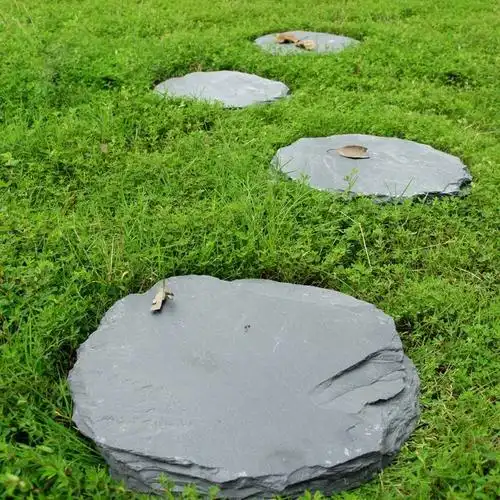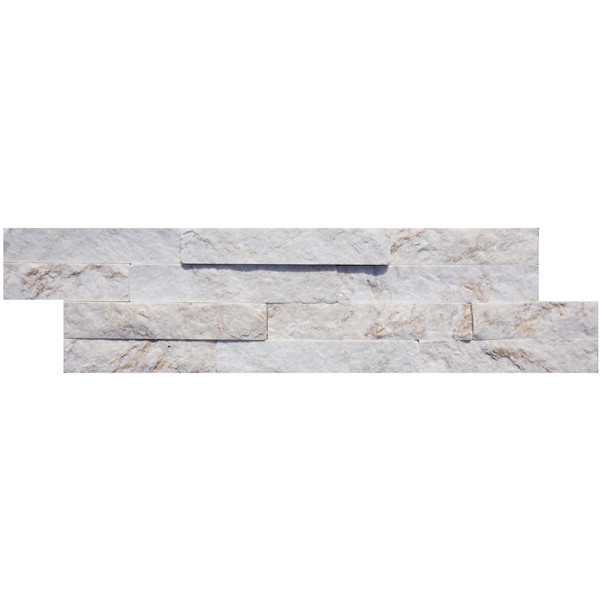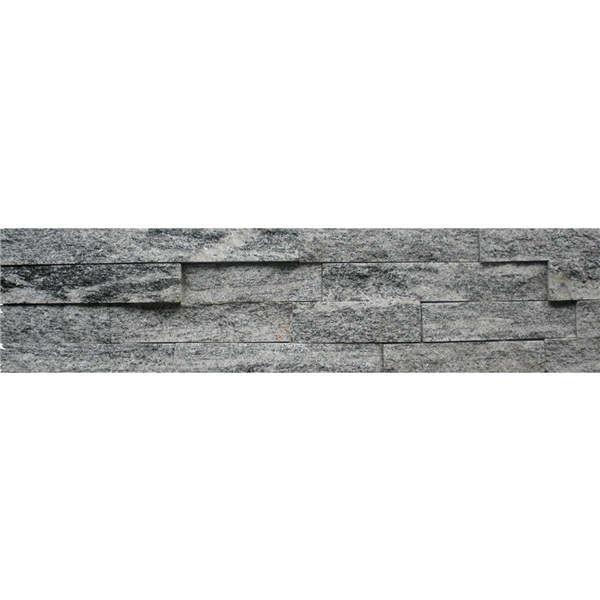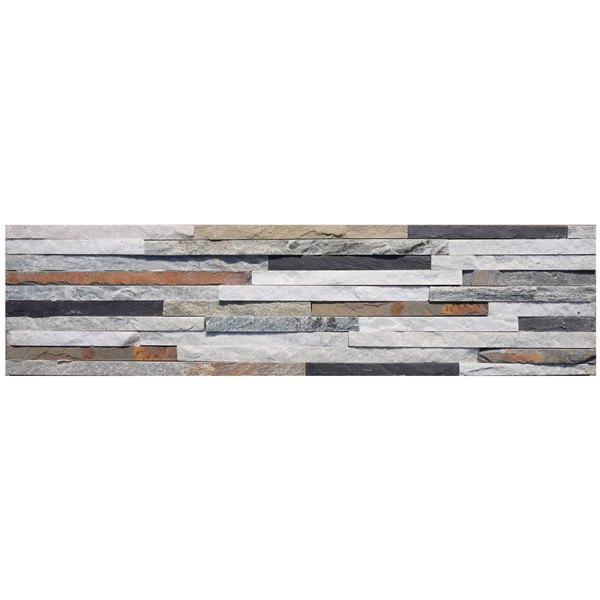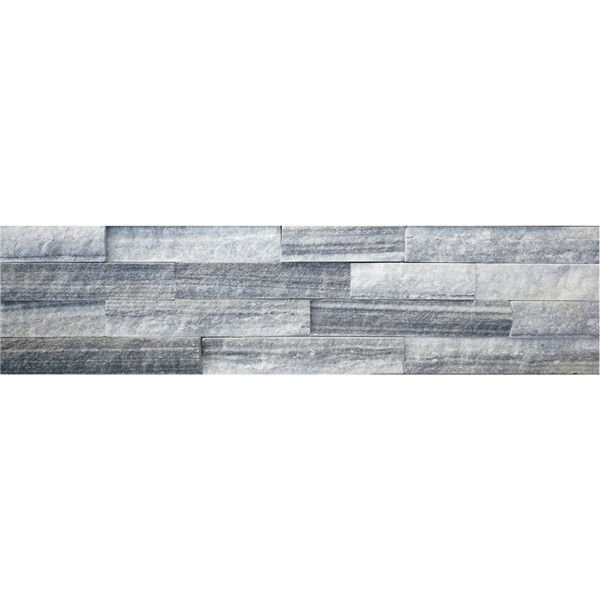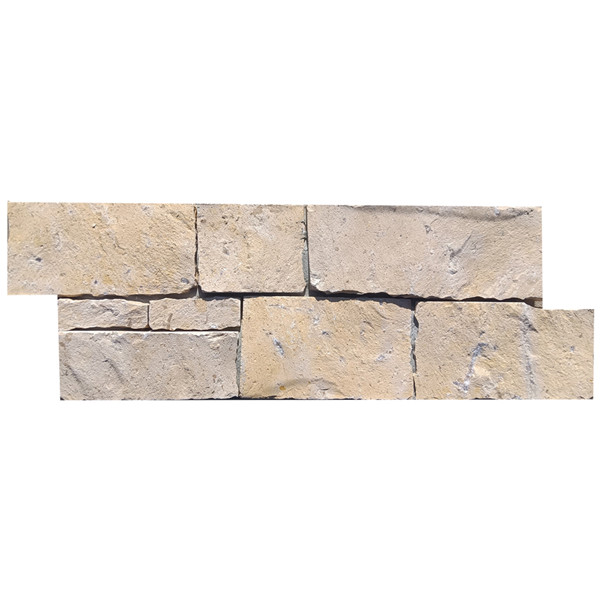Table of Contents
Toggle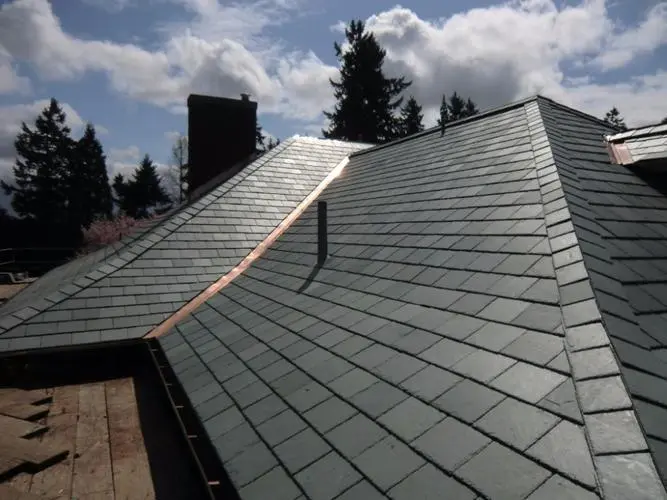
Hey there! So, you’re thinking about getting a slate roof, huh? Great choice! Slate roofs are like the Rolls-Royce of roofing materials—elegant, durable, and downright stunning. But let’s be real, choosing the right slate roof isn’t just a walk in the park. It’s more like navigating a maze with hidden gems at every turn. So, buckle up because I’m here to guide you through the ins and outs of selecting the perfect slate roof for your home.
Understanding Slate Roofing
First things first, what exactly is slate roofing? Slate is a fine-grained, metamorphic rock that’s been used for centuries due to its durability and natural beauty. Picture those charming old European buildings with roofs that seem to whisper tales of history; that’s slate for you. This material can last up to 100 years or more, making it a fantastic investment.
Types of Slate
Now, let’s dive into the types of slate available. Think of this like picking out a pair of shoes—you’ve got options, and each serves a different purpose.
Natural Slate
Natural slate is the OG. It’s mined from quarries and comes in various colors like gray, green, purple, and black. The color variation is due to the mineral content in the slate, giving each piece its unique charm. It’s like having a roof that’s as unique as your fingerprint!
Synthetic Slate
Synthetic slate, on the other hand, is made from rubber and plastic polymers. Don’t roll your eyes just yet; these bad boys mimic the look of natural slate but are lighter and often less expensive. They also come in an array of colors and styles, offering flexibility without sacrificing aesthetics.
Budget Considerations
Alright, let’s talk money. Slate roofs can be pricey, but think of it as an investment rather than an expense. Natural slate typically costs more due to its longevity and aesthetic appeal. However, if you’re on a tighter budget, synthetic slate can offer a similar look at a fraction of the cost.
Remember to factor in not just the material costs but also installation fees. Installing a slate roof isn’t your typical DIY weekend project; it requires skilled labor. The expertise ensures your roof will last for decades, so it’s worth every penny.
Durability and Longevity
One of the main reasons homeowners opt for slate roofs is their incredible durability. Natural slate can withstand harsh weather conditions like a champ—think hailstorms, heavy snow, and even fire. Synthetic slate also holds up well but may not last quite as long as its natural counterpart.
Consider this: installing a natural slate roof is like planting an oak tree—it’ll stand strong for generations. On the flip side, synthetic slate is like planting a fast-growing pine—it’s robust but may need replacing sooner.
Aesthetic Appeal
Let’s be honest; part of the allure of a slate roof is its drop-dead gorgeous look. Whether you go for natural or synthetic, slate adds an undeniable elegance to any home. Natural slate offers that rustic, timeless beauty that evolves with age. Synthetic slate provides a polished look with consistent color and texture.
Think about the architectural style of your home. A Victorian mansion practically begs for natural slate, while a modern minimalist home might look sleek with synthetic options. The key is to choose a style that complements your home’s character.
Environmental Impact
If you’re eco-conscious (and who isn’t these days?), you’ll be pleased to know that both natural and synthetic slates have their green perks. Natural slate is a sustainable material since it’s essentially just rock. Plus, its long lifespan means fewer replacements and less waste over time.
Synthetic slate often incorporates recycled materials, reducing its environmental footprint. However, it’s essential to check the manufacturer’s sustainability practices to ensure you’re making an eco-friendly choice.
Installation Process
Okay, let’s get down to the nitty-gritty: installation. As mentioned earlier, installing a slate roof is not for amateurs. You’ll need a roofing contractor experienced in working with slate. The process involves several steps:
- Inspection: Your existing roof structure needs to be assessed to ensure it can support the weight of the slate.
- Underlayment: A waterproof underlayment is installed to provide extra protection.
- Slate Installation: Each piece of slate is individually installed, which is time-consuming but crucial for longevity.
- Finishing Touches: Ridge tiles and other finishing elements are added to complete the look.
It’s like assembling a jigsaw puzzle—each piece has its place, and attention to detail is paramount.
Maintenance Tips
Good news: slate roofs require minimal maintenance! However, it doesn’t mean you can set it and forget it.
- Regular Inspections: Have your roof inspected annually or after major storms.
- Cleaning: Remove debris like leaves and branches to prevent water buildup.
- Repairs: Address any broken or loose tiles immediately to avoid bigger issues down the line.
Choosing the Right Contractor
Last but definitely not least, choosing the right contractor can make or break your slate roofing experience—literally! Look for contractors with proven experience in slate roofing and check their references. It’s worth spending time researching because a poorly installed slate roof can lead to costly repairs.
The Source and Quality of Slate
Understanding where your slate comes from can greatly influence your decision-making process. Different quarries produce slates of varying quality and appearance.
Welsh Slate
Welsh slate is renowned for its deep blue-black color and exceptional durability. Often used in historic buildings and high-end homes, Welsh slates can last up to 150 years or more.
Spanish Slate
Spanish slates are known for their wide range of colors, from dark grey to reddish-purple. They offer good quality at a more affordable price point compared to Welsh slates, making them an excellent choice for budget-conscious homeowners.
American Slate (Pennsylvania)
Pennsylvania produces green and purple slates that are highly valued for their quality and aesthetic appeal. These slates typically last between 75 to 100 years.
Design Considerations
Choosing a slate roof isn’t just about picking out materials; it’s also about achieving a cohesive look that complements your home’s architecture.
Roof Styles
- Flat Slate Roofs: Ideal for modern homes due to their sleek and simple appearance.
- Patterned Slate Roofs: Incorporate different shapes and colors to create intricate designs suitable for traditional or historic homes.
- Textured Slate Roofs: Utilize varying thicknesses and sizes of slates to add depth and interest.
Color Matching
Selecting the right color for your slate roof involves more than personal preference; it should harmonize with your home’s exterior colors and surroundings. For instance:
- Dark grey or black slates work well with white or light-colored exteriors.
- Green or purple slates can provide a striking contrast against darker home exteriors.
Climate Considerations
Your local climate plays a significant role in determining which type of slate will perform best.
Cold Climates
In colder regions, natural slates are highly effective at withstanding ice and snow loads. Ensure that your roof structure can support the weight of accumulated snow and choose slates with excellent waterproofing properties.
Warm Climates
In warmer areas, slates provide excellent thermal insulation, helping keep your home cool. Opting for lighter-colored slates can further reflect sunlight and reduce indoor temperatures.
Installation Techniques
The quality of installation directly impacts the longevity and performance of your slate roof. Here are some key installation techniques:
Proper Fasteners
Using copper or stainless steel nails prevents rusting and extends the life of your roof. While these materials may be more expensive upfront, they offer long-term durability.
Adequate Ventilation
Good ventilation prevents moisture buildup that can lead to wood rot or mold growth. Installing ridge vents or soffit vents ensures proper airflow throughout the attic space.
Regular Maintenance
Even though slate roofs are low-maintenance, regular inspections are essential to catch potential issues early on. After severe weather events, it’s wise to check for any damaged or dislodged tiles.
Insurance Considerations
Given the high cost of installing a slate roof, insuring it against potential damage is a prudent move. Ensure that your homeowner’s insurance policy covers damages caused by natural disasters or accidents.
Added Value to Your Home
A high-quality slate roof not only enhances the aesthetic appeal of your home but also significantly increases its market value. Prospective buyers often appreciate the durability and beauty of a well-installed slate roof, making them willing to pay a premium.
Finding the Right Supplier
After deciding on the type of slate you want, finding a reputable supplier is crucial:
- Reputation: Look for suppliers with positive reviews and high ratings.
- Samples: Request samples to physically examine the quality and color.
- Services: Check if they offer installation services or recommend reliable contractors.
Conclusion
Choosing a suitable slate roof may seem daunting initially, but with careful consideration of types, budget, durability, aesthetics, climate adaptability, and installation techniques, you can make an informed decision. Whether you opt for natural or synthetic slates, this investment will enhance your home’s charm and value for years to come.
FAQs
1. Can I walk on my slate roof?
It’s generally not recommended to walk on a slate roof as it can damage the tiles. If you must access the roof, it’s best to use walk boards or consult a professional.
2. How do I clean my slate roof?
Cleaning should be done carefully using mild detergents and soft brushes. Avoid high-pressure washing as it can damage the slates.
3. Can I install solar panels on my slate roof?
Yes, but it’s crucial to hire professionals experienced in working with both solar panels and slate roofing to avoid damage during installation.
4. How do I know if my existing roof structure can support a slate roof?
A professional roofing contractor should assess your current roof structure’s load-bearing capacity before installation.
5. Are there any alternatives to copper or stainless steel nails?
While copper and stainless steel are preferred due to their durability, galvanized steel nails can be used as a more affordable alternative but may not last as long.




